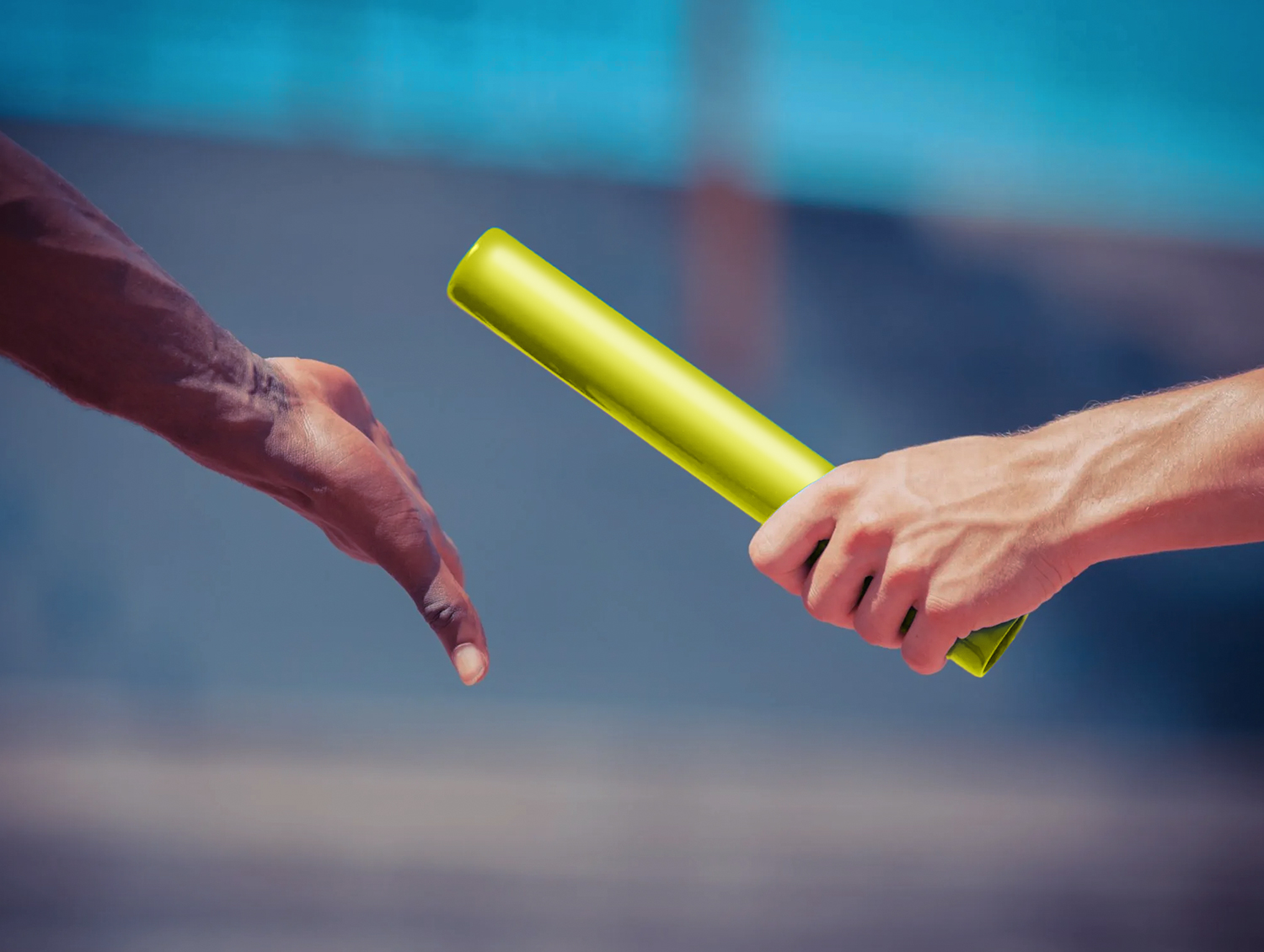By Jingshu Wu, Senior Technical Specialist for CFD Solutions, Altair —
There is increasing pressure worldwide to reduce industrial noise pollution. In the United States, the Environmental Protection Agency has said that noise below an average of 70 decibels over 24 hours is safe and won’t cause hearing loss. The National Institute for Occupational Safety and Health says anything below 85 decibels won’t cause hearing loss for workers exposed to loud machinery. But those levels are way above recommendations made by the European Union (EU). In 2009, the EU set noise guidelines of 40 decibels at night to “protect human health.” And it said steady, continuous noise in the daytime — such as the noise on highways — should not exceed 50 decibels.
Fans are most often evaluated in stand-alone conditions where any complex component or subsystem often results in increased noise levels. Building physical prototypes, however, is expensive and produces trial-and-error test approaches. It is often too late at that point to make significant changes to the product design or to build more prototypes that will increase the cost and time before a product’s release. Altair ultraFluidX helps designers and engineers detect noises in existing complicated production prototypes and reduce noise in simulations before any physical prototype is built.
While a simulation approach is preferable for an early design assessment, most available numerical solvers do not provide an accurate prediction of the complex transient turbulent flow required for effective acoustic simulation. ultraFluidX has a unique transient and accurate flow solver that allows engineers to simulate and understand complex flow structures and interactions.
This paper illustrates how engineers were able to use Altair’s acoustic solution to set up, record, and reduce the noise from a portable generator cooling fan. Using ultraFluidX with the Lattice Boltzmann Solver allowed them to visualize how the parts within the fan interact, identify where the air and noise come from within the blower (helping them identify where it can be reduced), and identify the specific Blade Passing Frequency that is often not correlated by other simulation solutions.
Challenges
Experimental assessment of the acoustics performance of fans and other rotating objects has severe limitations due to the difficulty of physical testing or equipment size. As an alternative to experimental methods, numerical approaches are being introduced into the development process. The physical mechanism related to flow-induced noise from rotating machines is complex and challenging for aero-acoustics methods to capture:
- Noise is a transient phenomenon, and traditional CFD codes have difficulty accurately predicting transient effects in a
reasonable timeframe due to the complexity of flow and structures - Tonal noise is concentrated in a narrow part of the spectrum, containing a high proportion of sound energy
- Broadband noise is caused by turbulent boundary layers or flow, and separation on blades or vanes
Installation and surrounding parts affect the upstream and downstream flow conditions
Design for Flow and Noise
The portable generator in this example is commonly deployed industry equipment, with axial cooling running at 1500 RPM. With an anechoic room or open field test setup, 5 microphones are placed 1m away from the canopy, as shown below, to capture the noise level and directivity.
In this example, the underhood cooling fan parameters are listed in the table below. The simulations are using 4x Nvidia A100 40GB GPUs and the turnaround time is also listed here.
The baseline (Figure 2) has the typical setup of a commonly used push fan cooling package. Cooling airflow comes from front and side openings with regular louvers. The design iteration01 (Figure 3) has the same setup as the baseline, with additional insulation on the top of the canopy interior, and Chevron-shaped acoustic louvers as shown in green below.
The design of the Chevron-shaped acoustic louvers can be further optimized by targeting the specific underhood noise source spectrum for maximum noise reduction, and the commonly used six design parameters are listed in Figure 4.
Cooling the airflow rate is the essential function of the underhood fan. The insulation is placed in locations that are not critical for airflow and heat is swapped from part of the Baseline louver to porous media. The Iteration01 shows similar flow performance compared to the Baseline as shown in the table below. However, the noise absorption from the insulation and Chevron-shaped louver reduces the noise level by 3dB, which is approximately half of the sound power energy.
The airflow fields in both fan center vertical plane velocity magnitude images, shown in Figure 5, are very similar.
The noise spectrum and individual microphone OASPL (Overall Sound Pressure Level) showed noise reduction, especially across the mid-to-high frequency range, which is typical for this kind of insulation panel. The individual microphone results also showed the dominant noise propagation direction is towards the rear end, where the microphone is facing the cooling fan downstream flow directly. This is the key microphone to improve with the Chevron-shaped acoustic louver installed.
You can also see the directivity as shown in Figure 8. These images show the level of local pressure fluctuations at specific frequency ranges, and Iteration01 shows lower noise under the canopy roof insulation panel and across the Chevron acoustic louvers at the rear side. This visualization also shows potential improvement can be achieved by further finetuning the rear side insulations and louver setup.
Altair CFD™/CAA Solution
ultraFluidX is a Lattice-Boltzmann method-based solver, perfectly suited to study fan noise and other flow simulations. Its inherent time-accurate, transient model is ideal for complex turbulent flows. Because of the flow acoustic numerical dissipation, ultraFluidX can directly model the acoustic propagation, and no other acoustic transmission models are required for most applications. It can capture the noise levels, visualize the data and show where the noise sources are and how the noise propagates. The rapid
turnaround capability allows for an accelerated learning loop that improves the design cycle. ultraFluidX gives you:
- An inherently transient; time-accurate explicit time scheme
- An efficient and accurate solution for fully turbulent, transient flows
- Low numerical dissipation and transmission of the noise sources that are inherent in the solver
Handing of fully detailed geometries that capture all the interactions between the fan and surrounding components.
Conclusion
Rotating machinery is found in many different types of applications, such as engine cooling systems, ventilation systems, and wind turbines. Using the ultraFluidX LBM solution enables you to see the design as it works, identify the sources of noise and where it is coming from in the simulation, and give you the information you need to make improvements quickly. Using the ultraFluidX LBM Solution reduces turnaround time and costs before you ever build a working prototype.
Learn more about Altair CFD™ solutions: www.altair.com/altair-cfd
Subscribe to the AEM Industry Advisor for more AEM member perspectives on issues important to the equipment industry.





